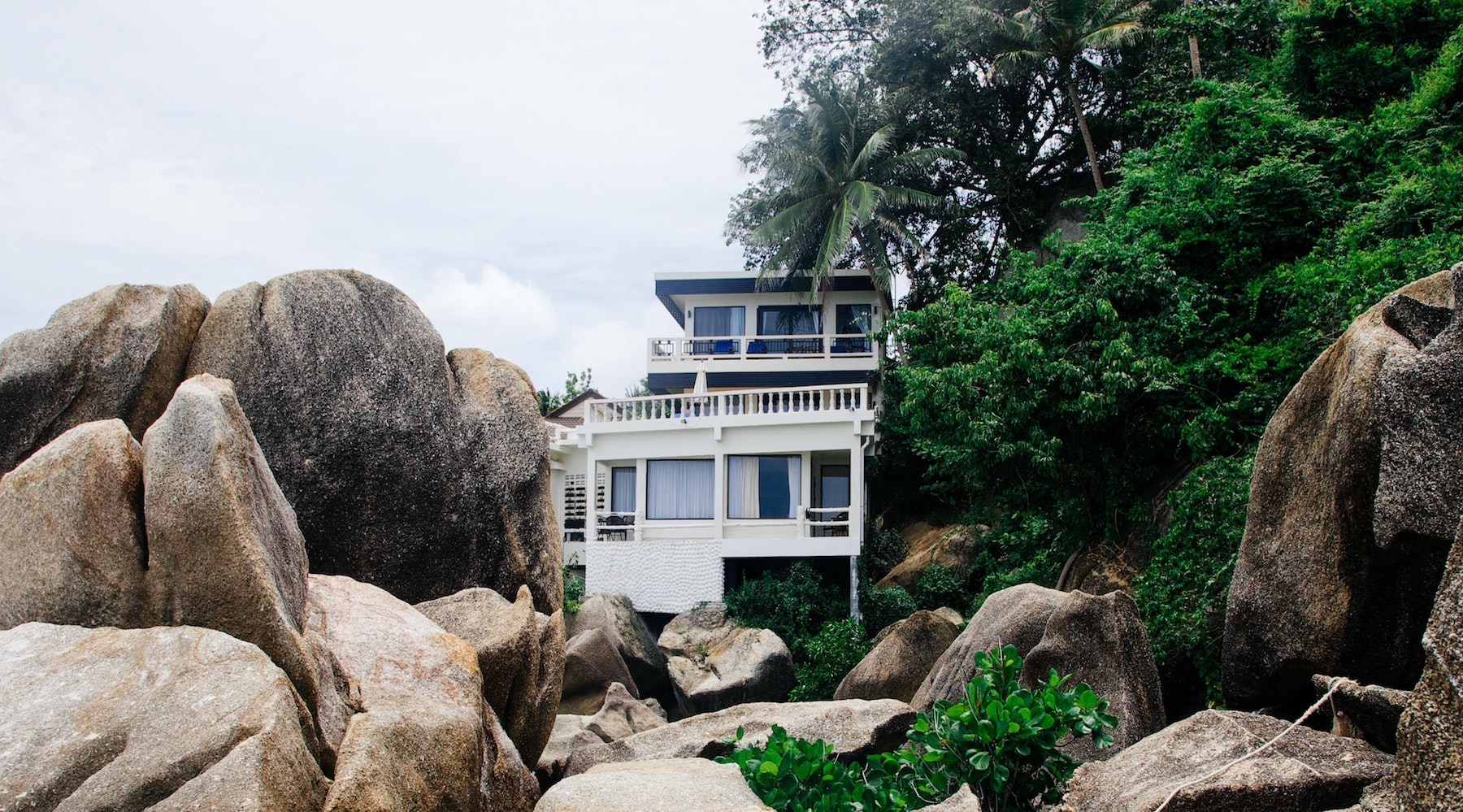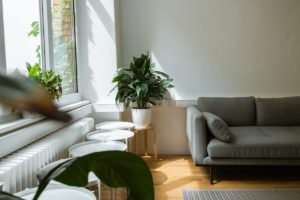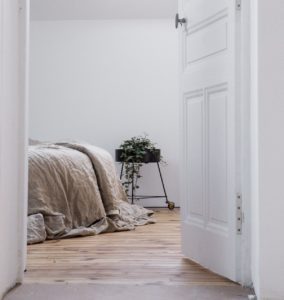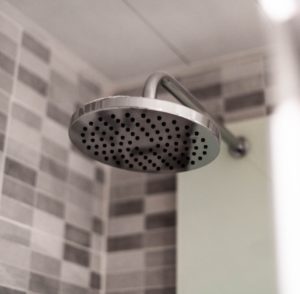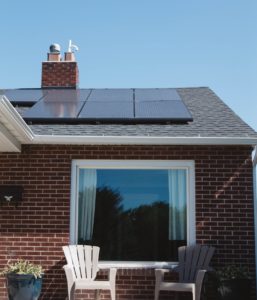All around the world, we’re becoming more environmentally-conscious. But how many people are actually implementing sustainable design into their own homes? Creating an eco friendly home isn’t about making drastic changes or redesigning the entire structure of your home. It’s about making small, simple changes that, added together, can make a difference to our planet, not to mention your electricity bill!
The problem is figuring out where to begin! Some sustainable design principles can be instantly applied, whereas others may take longer or be more expensive to implement. So, we’ve compiled a simple guide to help you create a more eco friendly home as easily as possible. Read on to learn more.
Create an eco friendly home with these 10 steps
Step 1: Let in natural light
Eco friendly homes have an abundance of natural light for a reason. The use of too many artificial lights not only looks unnatural, but it can also drive up your energy usage and impact your energy bill. To let in more natural light, follow these tips:
- Use light-coloured, water-based paints to brighten up your rooms. Light colours will make your rooms look brighter and bigger. This can even negate the use of too many artificial lights, especially at night
- Hang light-coloured, floor to ceiling curtains. Just ensure that they are thick enough to insulate your rooms, keeping the heat out in summer, yet retaining it in winter
- Use mirrors or install more windows to create more light
Step 2: Install energy-efficient appliances
You’d be surprised how upgrading your appliances can transform your home and increase its energy efficiency. Some appliances are so efficient that, even though they may be more expensive to purchase initially, in the long run the money they save you in energy bills should offset any cost difference compared to cheaper models within the first few years of use.
- Washers and dryers can chew into your energy bill very quickly, especially dryers, so opt for energy-efficient versions where possible. Front loading washing machines can be much more energy-efficient than top-loading versions, but only if they’re effective and have a sizeable capacity, otherwise you may end up doing several washes instead of one!
- Air conditioners and heaters can use a large amount of energy, so choose an energy-efficient one and minimise usage where possible, taking advantage of the natural airflow throughout your home
- Swap your refrigerator for a more energy-efficient one and ensure the temperature isn’t set too cold when it’s not necessary. Replace the seals where needed on your old refrigerators, as cool air can escape
- Install energy-saving lightbulbs where you can as well as motion-sensor outdoor lights in order to minimise energy wastage
Step 3: High quality, long-lasting décor
Adopting a more sustainable outlook doesn’t mean you’re not allowed to buy anything! Instead, by embracing a more mindful and considered approach to purchasing, you can help you reduce your carbon footprint and start to build the ideal eco friendly home.
Instead of buying fad items that will only be on trend for a short time, purchase furniture with a more timeless look in a classic colour palette. Long-lasting furniture is usually made with high-quality materials, like high-quality timber, or, for upholstery thick fabrics that are tightly woven with clean finishes instead of raw edges.
Choose high-quality, longer-lasting items for your home décor pieces. For instance, instead of framed prints which can date easily, metal prints are long-lasting and have a timeless look, which can suit any space. They’re also highly durable and are able to withstand sun, wind and heat for long periods of time.
Step 4: Use organic bedding
Creating an eco friendly home starts with your furniture and extends out to your décor and even, yes, your bedding. Organic bedding has a range of benefits (besides being kinder to the planet) that you can take advantage of next time you’re in need of fresh new bedding.
Companies selling eco friendly bedding often need to comply to rigorous testing and hit a number of requirements in order to be seen as organic and sustainable. Many of them choose eco friendly dyes, use as little water as they can, and implement energy-efficient processes.
Organic materials like organic cotton, linen, bamboo and hemp are some of the most sustainable, as they can be easily recycled and break down naturally in the environment, unlike many synthetic materials. Cotton has been criticised in the past due to the large amount of water needed throughout the cotton-growing process. Also, keep in mind that heavy dyes are often used to achieve that bright white colour in bedding fabrics that many of us love.
Step 5: Insulate your home properly
Insulating your home guarantees that your home will remain warm in winter, retaining heat, and stay cool in summer. Use these tips to create an insulated home:
- Add insulation within your roof and in your walls, if possible. It’s important to correctly install the insulation, as any gaps can cause temperature fluctuations in your home
- Install double glazed windows to better insulate your home
- Add shutters on the outside of your home if it tends to get very hot in summer
Step 6: Redecorate with recycled furniture
Need new furniture? Instead of buying brand-new furniture, purchase preloved items or recycled furniture made from materials which otherwise may have gone to landfill.
Incorporate recycled materials into your home, such as reused or recycled window frames, doors and furniture. You can even purchase recycled materials when it comes to other household items. Start choosing recycled paper towels, toilet paper and recycled shopping bags.
Step 7: Switch to a low-flow showerhead
While it’s true that showering saves less water than having a bath (unless you take extremely long showers!) some showerheads can use a high volume of water. An aerated, low-flow showerhead will save you power and water.
To decrease your impact even further, you could also start to look at having shorter showers. Try to keep showers to 10 minutes or less. You can also look at installing a low-flow toilet to minimise the water flow.
Step 8: Install solar panels
Why not create your own energy to truly create an eco friendly home? Solar panels are a long-term investment. While they are generally a large cost outlay initially, in the long term, you could save more money than you spend. Depending on the amount of sun your home gets, you could generate enough power to be able to able to love off-grid completely.
Step 9: Be mindful about water usage
For the ultimate eco friendly home, if you have space in your garden, start to collect rainwater in cisterns. This water can then be used for car washing or watering the garden.
Step 10: Embrace natural cleaning products
We use a large number of cleaning products throughout our daily lives, but many eco friendly options can be just as (if not more) effective than other options which can put harmful chemicals back into the water supply.
These chemicals mean that water needs to be purified before it is safe to use again, using more energy. Natural-based products can often be cheaper than alternatives with more chemicals and are often safer to use. Products like vinegar, citric acid from citrus fruits and bicarbonate of soda can even be helpful for cleaning.
Not only this, but natural products are better for you. For example, many people find they get allergic reactions or irritation from washing powders. Using natural detergents can remedy this issue.
We hope you have learned a thing or two about creating an eco friendly home so you can start to reduce your family’s carbon footprint and work towards a sustainable future. Remember, even small, slow steps can help make a difference, but the more you can do, the better.
To explore our range of durable, long-lasting metal prints click here, and to browse our canvas prints, click here.

